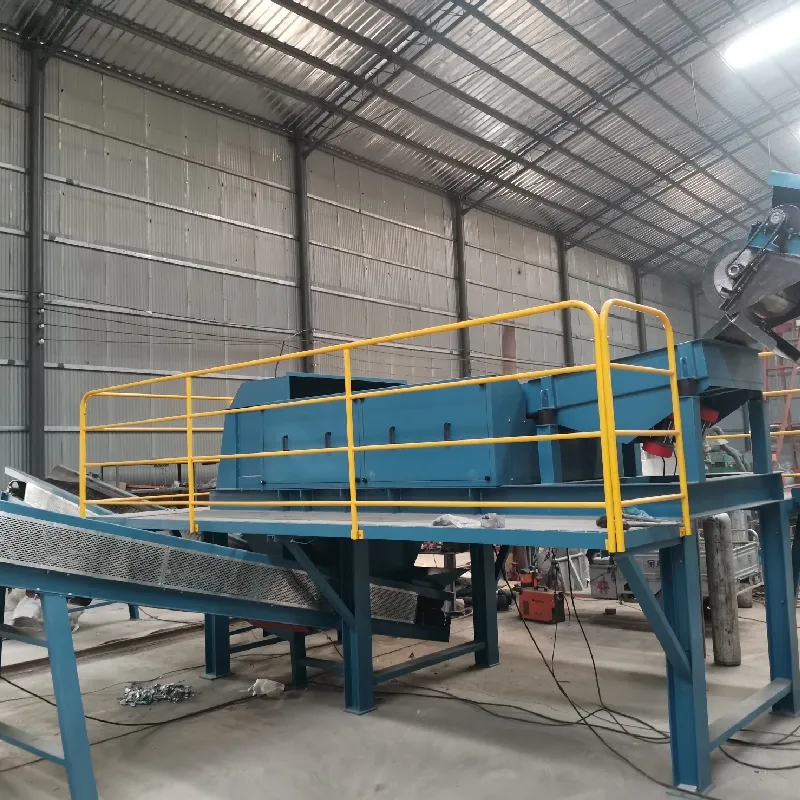

Ліст . 21, 2024 05:07 Back to list
How Metals are Sorted in Recycling Plants
Recycling plants play a crucial role in reducing waste and conserving natural resources by reclaiming valuable materials, particularly metals. The process of sorting metals is intricate and utilizes a variety of advanced technologies and techniques to ensure efficiency and effectiveness. Understanding how this sorting process works can shed light on the importance of recycling in today's world.
The first step in metal sorting begins with the collection of scrap metals, which can come from numerous sources, including discarded appliances, vehicles, and industrial waste. Once collected, these materials are brought to the recycling facility, where they undergo initial inspection and preprocessing. This involves removing non-metal items, such as plastics and wood, which can contaminate the metal stream.
After the preliminary sorting, the metals are fed into a shredder. This machine breaks down large pieces of metal into smaller, more manageable fragments. Shredding not only facilitates further sorting but also increases the surface area of the metals, making them easier to process in subsequent stages.
The next phase involves various sorting technologies. One of the most common methods is magnetic separation. Ferrous metals, such as iron and steel, are attracted to powerful magnets, allowing them to be easily separated from non-magnetic materials. This step is crucial, as ferrous metals are among the most commonly recycled materials.

For non-ferrous metals, such as aluminum, copper, and brass, different sorting techniques are employed. Eddy current separators are a popular choice; they use a magnetic field to create an electric current in conductive metals, which causes them to be propelled away from non-metals. This technology ensures that valuable non-ferrous metals are efficiently recovered from the waste stream.
Optical sorting is another innovative method utilized in metal recycling. High-resolution cameras and sensors identify specific metal types based on their color and reflectivity. Once identified, air jets are employed to blow the detected metals into separate chutes, enabling precise sorting.
After sorting, the collected metals are then compressed into bales or nuggets for easier transportation. These are later sent to smelting facilities, where they undergo further processing and purification before being transformed into new products. This closed-loop recycling process not only helps save energy but significantly reduces the need for virgin raw materials.
In conclusion, the sorting of metals in recycling plants is a multifaceted process that involves several advanced technologies. By efficiently separating metals from waste, recycling facilities contribute to sustainable practices, promote resource conservation, and reduce the environmental impact of mining and manufacturing. As the global demand for recycled metals continues to grow, understanding and improving these sorting techniques will remain essential for the future of recycling.
Latest news
High-Efficiency Copper Wire Granulators | Best Price for Sale
NewsAug.28,2025
Eddy Separator for Non-Ferrous Metals
NewsAug.22,2025
E Waste Bin for Collected Spray Cans: Sustainable Disposal Solutions
NewsAug.22,2025
Dual Shaft Shredder with Adjustable Blade Gaps
NewsAug.22,2025
Hammer Crusher Machine With Secondary Crushing
NewsAug.22,2025
Copper Granulator Our Promise of Recycling Excellence
NewsAug.22,2025